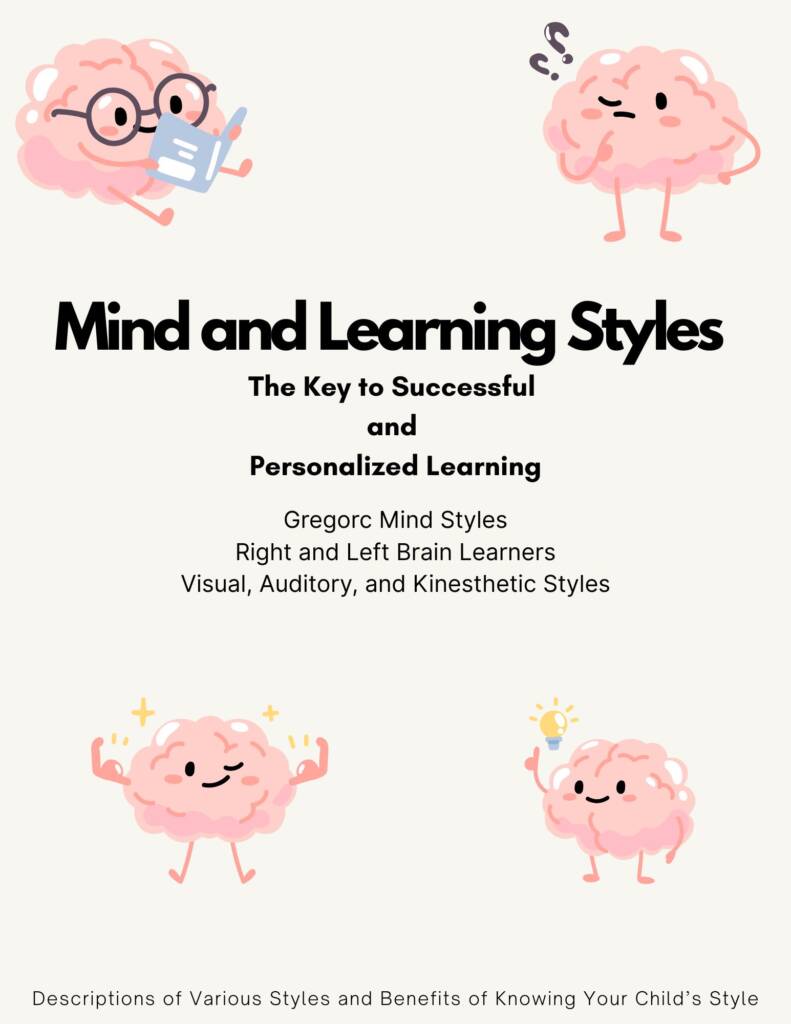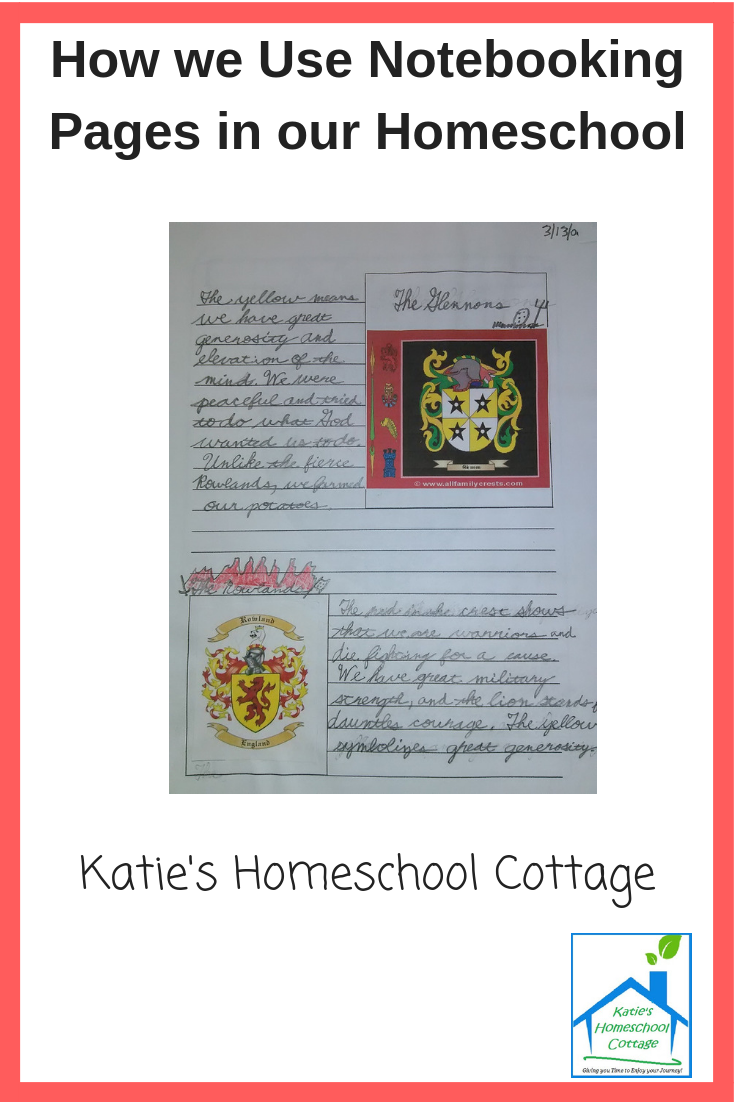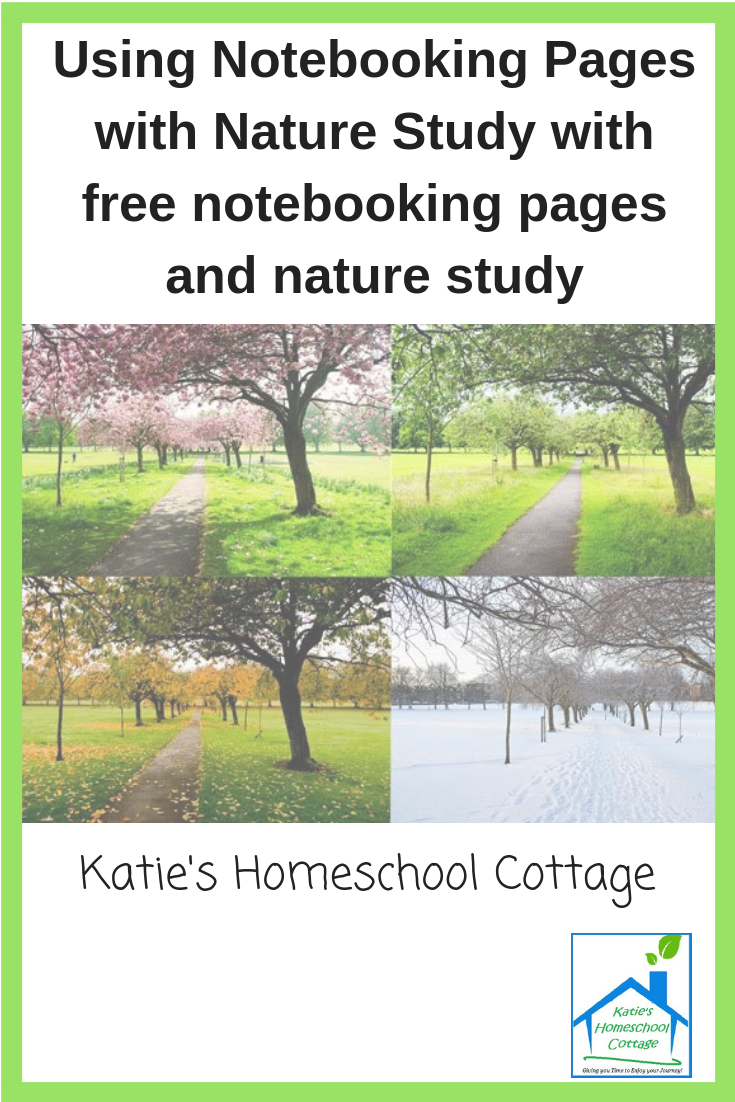This post about the Waldorf Homeschool Method is the tenth post in a 10 part series about different homeschooling methods.
This series includes the following homeschooling methods:
- Classical Homeschool
- Charlotte Mason
- Montessori
- Unschooling
- Traditional or School at Home
- Project Based Learning
- Eclectic or Mixed Approach
- Unit Studies or Thematic
- Delight Directed or Interest Led Learning
- Waldorf
Waldorf Homeschooling: A Gentle, Artistic Approach to Whole-Child Learning
In a world increasingly driven by screens, speed, and structure, many homeschool families are craving a slower, more intentional way to educate their children.
Rooted in rhythm, creativity, and nature, the Waldorf approach offers a holistic path that honors your child’s developmental stages and encourages a lifelong love for learning.
Whether you’re new to homeschooling or simply searching for a more soulful way to teach, this blog post will guide you through the essentials of Waldorf homeschooling—its philosophy, daily rhythm, materials, and how to bring it to life in your home.
If you’re a parent seeking a homeschool style that nurtures not only your child’s intellect but also their imagination, emotions, and spiritual growth, Waldorf education might be exactly what you’re looking for and may be just right for your child’s learning style.
What Is the Waldorf Homeschool Method?
Waldorf education, developed by Austrian philosopher Rudolf Steiner in the early 1900s, is built on the belief that education should develop the head, heart, and hands—not just academic knowledge but emotional intelligence and practical skills as well.
In a Waldorf homeschool, learning happens through imaginative play, storytelling, movement, art, music, and nature-based exploration.
Rather than pushing early academics, the focus is on nurturing curiosity, creativity, and character, with lessons carefully aligned to the child’s developmental stage.
This method is known for being rich in beauty, rhythm, and meaning—an antidote to the fast-paced, test-focused environment many families are trying to avoid.
The Waldorf Approach to Learning
Waldorf education centers around several key pillars:
1. Developmentally Appropriate Learning
Subjects are introduced based on the child’s age and readiness, not academic pressure. For example:
- Early Childhood (0–7 years): Focuses on imitation, play, rhythm, and sensory experiences.
- Elementary Years (7–14 years): Emphasizes storytelling, myth, and artistic expression as primary modes of learning.
- Teen Years (14+): Introduces abstract thinking, logic, and deeper critical analysis.
This phased approach respects the child’s natural growth process and helps avoid burnout or resistance to learning.
2. Holistic Education
Waldorf nurtures the whole child—intellectual, emotional, physical, and spiritual. This means academics are only one part of the picture. Emotional development, moral understanding, empathy, and a connection to nature and the arts are equally prioritized.
3. Rhythm and Repetition
Daily, weekly, and seasonal rhythms are core to Waldorf education. This gentle structure provides a sense of security and flow. For example:
- Mornings may begin with songs, verses, and movement
- Each day may have a focus: painting on Mondays, baking on Tuesdays, nature walk Wednesdays
- Seasonal festivals and changes in nature are celebrated and woven into learning
4. Storytelling and Imagination
Rather than textbooks or worksheets, Waldorf education leans into storytelling, folklore, and rich narrative to introduce academic concepts. Math might be taught through gnome stories, history through mythologies, and science through nature tales.
This not only builds memory and comprehension—it makes learning joyful and memorable.
5. Hands-On and Artistic Integration
Art, music, handwork, and movement are not “extras”—they are essential parts of every lesson. A math block might include:
- Drawing geometric forms with colored pencils
- Singing multiplication tables
- Modeling patterns with beeswax
- Moving to rhythmic clapping games
This multi-sensory learning ensures children absorb lessons deeply and express them uniquely.
What Materials Are Used in the Waldorf Homeschool Method?
Waldorf learning is tactile, artistic, and nature-based. You won’t find a lot of screens, flashcards, or pre-printed workbooks. Instead, your home might include:
- Main lesson books: Children create their own textbooks by writing and illustrating what they’ve learned.
- Watercolor supplies and crayons: For artistic expression and nature journaling.
- Beeswax and clay: Used in modeling and form drawing.
- Natural toys and tools: Wooden blocks, play silks, and handcrafted dolls.
- Handwork materials: Knitting needles, yarn, sewing kits, felting supplies.
- Storybooks and seasonal poems: Focused on folklore, fables, myths, and nature.
Many Waldorf families keep screens to a minimum, especially for young children, to support imagination and creativity.
A Day in the Life using the Waldorf Homeschool Method
Let’s take a look at what a typical day might look like for a family following the Waldorf homeschool method:
Morning Rhythm:
- Gentle wake-up with a song or verse
- Morning chores and breakfast
- Circle time with movement, fingerplays, poems, and seasonal songs
- Main lesson block (1–2 hours on one subject like math, language arts, or science through storytelling, drawing, and projects)
Midday:
- Outdoor time or nature walk
- Snack or lunch
- Handwork or practical activity (baking bread, gardening, sewing)
Afternoon:
- Free play or artistic activity (painting, music, crafts)
- Reading aloud or storytelling
- Quiet time or journaling
Evening:
- Simple family dinner
- Bedtime routine with warm bath and story
The rhythm provides comfort, while the freedom within each block allows for flexibility and flow. As eclectic homeschoolers, we followed a similar rhythm to this one with a schedule that was more of a routine like this.
Waldorf and the Seasons: Living in Harmony with Nature
One of the most beloved aspects of the Waldorf homeschool method is the deep connection to the natural world. Each season is celebrated through:
- Nature tables (decorated with seasonal items like leaves, stones, flowers)
- Stories and songs that reflect the time of year
- Craft projects using natural materials (leaf prints, pine cone decorations, pressed flowers)
- Celebrations of festivals such as Michaelmas, Martinmas, Advent, May Day, and more
This seasonal awareness helps children feel grounded in the rhythms of life and nature.
Is Waldorf Homeschooling a Good Fit for Your Family?
Waldorf may be ideal for families who:
- Prefer a gentle, developmentally appropriate introduction to academics
- Value art, nature, storytelling, and spirituality as part of education
- Want a structured rhythm but without rigid schedules
- Are looking to reduce screen time and foster imagination
- Appreciate beauty and mindfulness in everyday life
- Desire a method that supports emotional and spiritual growth as well as intellectual development
It may not suit families seeking high academic rigor in early childhood or those who prioritize digital tools in learning, though Waldorf can be blended with other methods in an eclectic homeschool.
Here is a resource I created to assist you in determining your child’s learning and thinking styles with assessments and descriptions and which homeschool method and curriculum is the right for one for them. You will find descriptions of various learning and thinking styles, assessments to determine your child’s styles, suggested teaching methods, materials, and curriculum with links for you to consider that match your child’s styles.

How to Start using the Waldorf Homeschool Method
1. Read and Research
Begin with core resources such as:
- “Rhythms of Learning” by Roberto Trostli
- “You Are Your Child’s First Teacher” by Rahima Baldwin Dancy
- The website of the Waldorf Oakmeadow homeschool curriculum or Christopherus Homeschool Resources
2. Start with Rhythm
Establish a simple daily and weekly rhythm. Choose a few anchor points: consistent wake-up, outdoor time, handwork, meals, and bedtime. You can build more over time.
3. Introduce the Arts
Try a weekly watercolor session, finger knitting, or seasonal craft. Don’t worry if you’re not “artsy”—the goal is expression, not perfection.
4. Tell Stories
Replace worksheets with rich stories. You can start with fairy tales, nature stories, or create your own imaginative narratives to teach lessons.
5. Simplify and Beautify Your Space
A Waldorf-inspired home is warm, natural, and inviting. Consider:
- Wooden toys
- Natural light and calming colors
- Decluttered spaces with baskets and soft textures
- Nature items like shells, leaves, or crystals on a seasonal table
Combining the Waldorf Homeschool Method with Other Methods
Many homeschoolers use Waldorf alongside other styles, such as:
- Charlotte Mason: Both value beauty, nature, and living books.
- Unschooling: If relaxed, child-led learning is your goal, Waldorf’s gentle structure can balance that freedom.
- Project-Based Learning: Integrate Waldorf’s arts and stories into larger, interest-led projects.
The key is to honor your child and your family culture.
Waldorf is not a rigid system but a philosophy—one that can beautifully support and enhance your unique homeschool journey.
Frequently Asked Questions
How does the Waldorf homeschool method differ from other homeschool methods (like Montessori or Classical)?
Waldorf focuses more on creativity, delayed academics (especially formal reading), storytelling, and experiential learning. It avoids early technology and prioritizes developmental readiness.
How do I plan Main Lesson blocks?
Waldorf organizes lessons in 3-4 week blocks that focus on one subject (e.g., Norse myths, botany, or fractions). There are grade-specific suggestions available through Waldorf curriculum providers.
Where can I find Waldorf aligned curricula?
Some popular options include:
Christopherus Homeschool Resources
How are reading and writing taught in Waldorf?
Literacy is introduced slowly and artistically—often through fairy tales, drawings, and handmade books. Formal reading may begin around age 7.
What about math and science? Are they delayed?
Math starts early but in a concrete, imaginative way (using stories, movement). Science is experiential and tied to nature studies, with formal concepts introduced later.
What ages are appropriate for Waldorf homeschooling?
It can be used from early childhood (with play-based learning) through high school, though resources for upper grades can be harder to find.
What is Waldorf’s stance on screen time?
Waldorf education generally discourages screen use, especially for young children. It emphasizes real-world, tactile experiences instead.
How can I adapt Waldorf for a tech-savvy or neurodiverse child?
Many families find creative ways to integrate Waldorf principles (rhythm, nature, art) while adapting to their child’s unique needs, sometimes blending methods.
Is Waldorf homeschooling recognized by educational authorities?
Waldorf isn’t a licensed method in itself—it’s a philosophy. Whether it’s recognized depends on your state or country’s homeschool laws. You may need to document progress differently than with a traditional curriculum.
How do I meet state requirements while using a Waldorf curriculum?
By mapping Waldorf lessons to state standards or creating portfolios that show learning outcomes through art, writing, and projects.
Final Thoughts
Waldorf homeschooling is more than a method—it’s a way of life. It invites your family to slow down, to connect with the natural world, to value rhythm and creativity, and to nurture the heart as much as the mind.
In a time when education often feels pressured and impersonal, Waldorf offers something rare and precious: a chance to honor childhood—its wonder, its magic, and its deep inner wisdom.
Whether you adopt it fully or just bring a little Waldorf magic into your homeschool, this gentle approach can help you raise children who are not only intelligent but also compassionate, confident, and connected to the world around them.






